River Ganges: A Design Project
- Fareen Wahid

- Jul 1, 2022
- 3 min read
Background:
The Ganges is the world's most populous river basin at 2,500km. It runs from the western Himalayas across northern India and Bangladesh into the Bay of Bengal. Nearly 80% of the Ganges river basin is in India. The Ganges is vital to hundreds of millions of people and animals. Pollution, dams, and water withdrawal (primarily for agriculture) have damaged this river's flow and health. Ganges river dolphins are endangered. Only 1,200-1,800 remain in the river, down from tens of thousands. Threats include fishing (for their oily blubber), toxic pollution, dams, and river barrages.
Problems:
Marine Life: Mercury examination of basin specimens showed that some fish muscles accumulated excessive levels of mercury. 50–84% was organic mercury. Mercury levels in muscle are positively correlated with fish length and diet. Ganges river dolphins are rare freshwater dolphins. Their population is fewer than 2000. Hydroelectric and irrigation dams along the Ganges restrict dolphins from swimming up and downriver, limiting their population. The Ganges softshell turtle (Nilssonia gangetica) lives in Pakistan, northern India, Bangladesh, and southern Nepal. This turtle lives in mud or sand-bottomed rivers, streams, canals, lakes, and ponds. Freshwater turtles are vulnerable, according to the IUCN. Turtles are vulnerable to heavy metal contamination in the Ganges due to their long lifetime and high trophic level in the aquatic food web.
Wildlife: Some dams constructed along the Ganges basin will submerge substantial areas of the nearby forest. For example, the Kotli-Bhel dam at Devprayag will submerge 1200 hectares of forest, wiping out the forest area and eventually the wildlife.
Human Beings: In 2006 and 2007, an investigation of Ganges water revealed strong connections between water-borne/enteric disease and the river's use for bathing, laundering, washing, eating, cleaning utensils, and tooth brushing. Ganges water has been linked to dysentery, cholera, hepatitis, and acute diarrhoea, which continues to be one of the top causes of death among children in India.
Grade 6 students in a collaborative group chose 1 of the below-mentioned challenge and designed a solution in a place:
1. Dolphins in Peril: Large schools of freshwater dolphins, known as Ganges River dolphins, were once found along the river. Now they swim in small groups or alone and have become endangered due to pollution, dams, irrigation projects, and the dredging of new shipping channels.
2. Raw Sewage: More than 1 billion litres of raw sewage flow daily into the river. In places, the water's bacteria count reaches 3,000 times the limit declared safe for bathing by the World Health Organization.
3. Plastic Pollution: Plastic and industrial waste, such as wastewater from the leather tanneries that sit on the banks of the Ganges, are another cause of pollution.
4. Lack of Water: the most worrying problem facing the river is its increasing lack of water. Water for irrigation is being removed faster than the rainy season can replenish.
Framework:
Firstly they chose a challenge in a collaborative group to work on
Secondly, they chose an audience, i.e., humans/wild animals/marine animals, that they want to design a solution for Name, age, work, place, family, or background
Next, they framed the design challenge
Next, they curated an empathy map
And then created a profile of their chosen audience/user
They then mapped out a typical day for their user
They started brainstorming ideas and solutions to put in the place
They then curated their idea to make a prototype
Lastly, they presented their solution to a wider audience and received feedback from them.

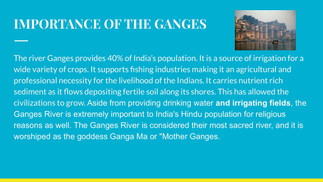



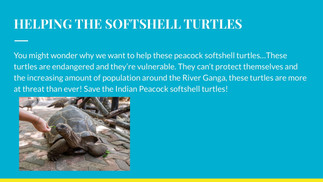

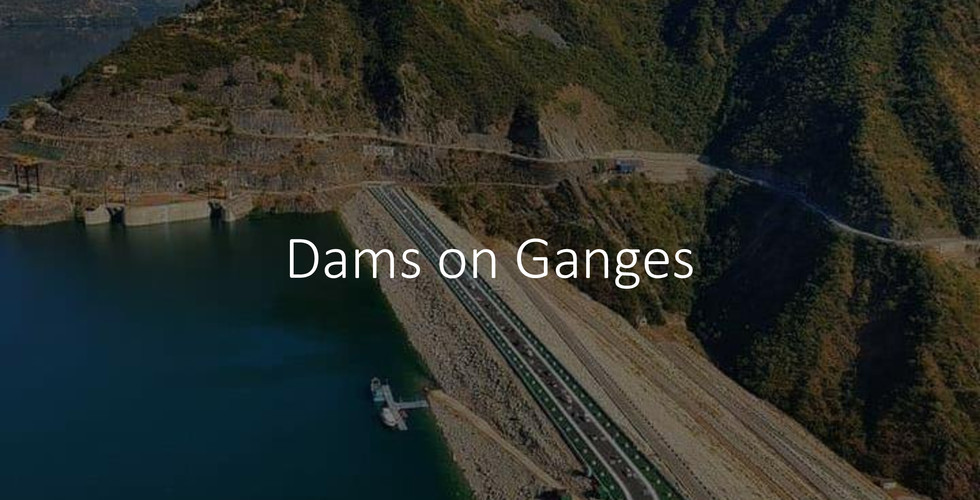

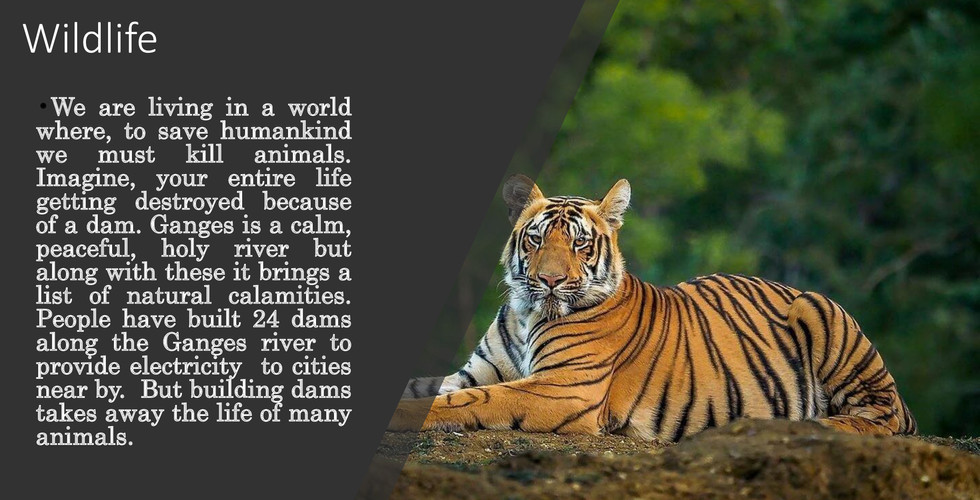









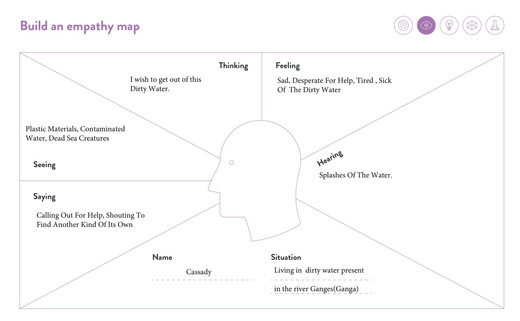











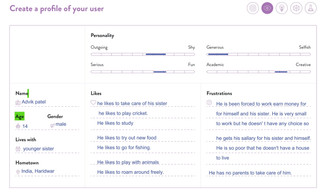



















Comments